Dogs have amazed people for centuries with their uncanny ability to pick up on our feelings. One sensation that stands out: their intense response to human fear. Today, thanks to new advances in science and veterinary research, we are finally starting to understand how dogs sense fear, what biological factors play a role, and what this means for every dog owner or lover. This knowledge doesn’t just explain everyday experiences — it can help us build better, trusting relationships with our canine companions.
The Science Behind How Dogs Sense Fear

Dogs’ sense of smell is legendary. To put it simply, dogs possess around 300 million scent receptors in their noses, compared to a human’s 6 million. That’s a game-changer. With such powerful noses, dogs can pick up chemicals released by human bodies when we experience strong emotions, especially fear. These chemicals, produced as sweat or pheromones, become scent signals that cue a dog into the state of the person near them.
When a person is afraid, their sweat glands activate, releasing a special type of sweat loaded with stress hormones such as cortisol and adrenaline. Dogs can smell these compounds even at remarkably low concentrations. This ability is more than just detection — it’s almost like a direct emotional translation.
How Fear Changes the Body and Why Dogs Notice
Yes, the body really does change when someone feels fear. The heart beats faster, cortisol levels rise, and sweat glands produce more moisture. Under stress, humans emit unique chemical signatures — a “fear odor” that is much stronger than when we feel happy or relaxed. Dogs’ noses can identify these specific markers with ease.
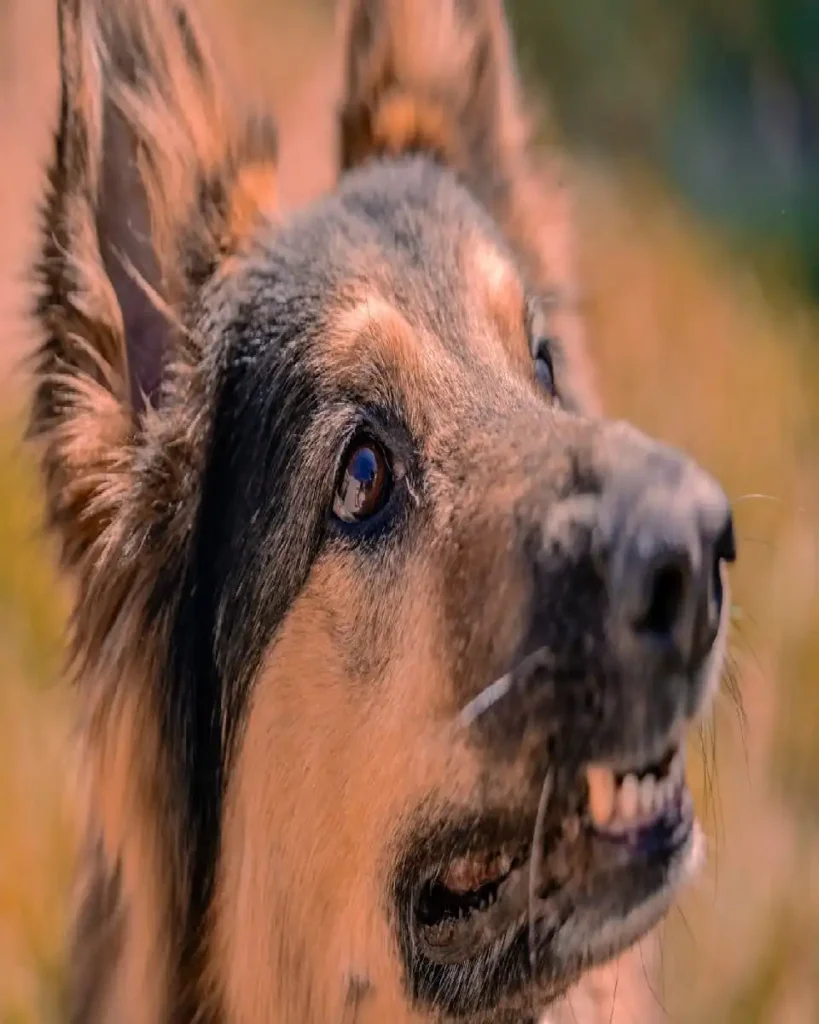
But scent isn’t the only way dogs sense fear. Their keen eyes watch for subtle changes in posture, body language, and facial expressions. Dogs observe whether someone is tense or relaxed, picking up clues from muscle movements and energy. So, dogs sense fear with both their noses and their eyes, making them highly tuned emotional detectors.
What Happens Next: A Dog’s Response to Sensed Fear
For dogs, sensing fear does not automatically mean aggression. In fact, studies show that when exposed to “fear odor,” dogs may become anxious, seek comfort from their owners, or avoid the person emitting the scent. Conversely, when they sense happiness, dogs tend to interact more openly and show signs of relaxation, like lower heart rates.

Dog owners often notice their pets become clingy or extra attentive when someone is nervous or afraid. This isn’t just a sweet quirk — it’s a sophisticated biological response rooted in evolution, survival, and pack loyalty. Dogs want to reassure or protect those they feel are stressed.
Do All Dogs Sense Fear the Same Way?
Research suggests that all dogs have the ability to detect fear, but some breeds might be more sensitive than others. Retrievers and Labradors, for instance, are frequently used in studies because they’re known for both their gentle nature and sharp noses. However, it’s likely that most, if not all, breeds share this instinct — from toy poodles to giant mastiffs.
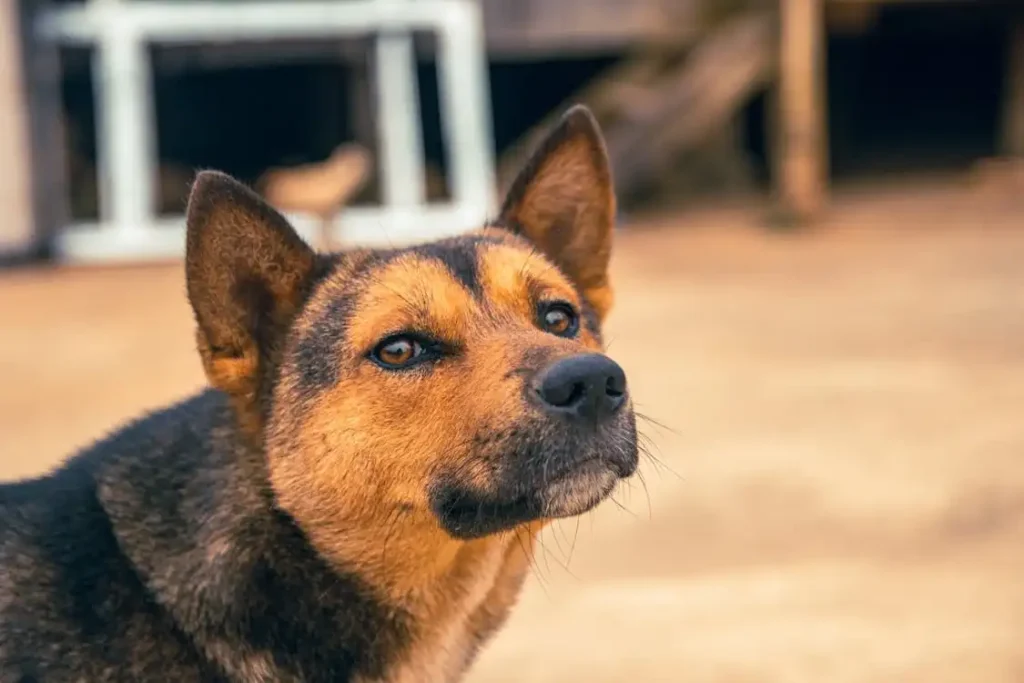
How Dogs Sense Fear vs. Happiness
| Human Emotional State | Chemical Signals Released | Dog’s Typical Behavioral Response |
| Fear | Cortisol, Adrenaline, fatty sweat | Anxiety, seeking comfort, vigilance |
| Happiness | Endorphins, “happy” sweat | Relaxation, sociability, lower heart rate |
| Neutral/Calm | Low chemical output | Typical baseline behavior |
How Vets View Dogs Sensing Fear
Veterinarians agree: the ability of dogs to sense fear is real and can affect not only pets but also clinical situations. Dogs may become more stressed when their owners are anxious, which can complicate assessments and treatments. Vets often recommend staying calm during visits, using soothing tones and gentle touches to help dogs — and their owners — settle in.

Why Evolution Gave Dogs This Skill
Dogs have evolved alongside humans for tens of thousands of years. In the wild, being able to detect fear in others — both in their own species and in humans — provided survival advantages. It allowed canines to protect pack members, avoid danger, and respond swiftly to threats or changes in group emotion. Today, these skills explain why rescue and service dogs are so effective at supporting people in distress.
The Role of Body Language and Social Cues
Dogs’ noses may pick up the chemicals of fear, but their eyes and brains analyze even more. Dogs perceive tense muscles, rapid breathing, fidgeting, or sudden movements as signs of uneasy emotions. They process these cues in real time, helping them decide whether to approach, comfort, or avoid the person. Body language, therefore, is as critical as scent in a dog’s fear detection toolkit.
How to Respond if a Dog Senses You’re Afraid
If you find yourself in a situation where a dog seems to sense your fear, experts suggest taking a few steps:
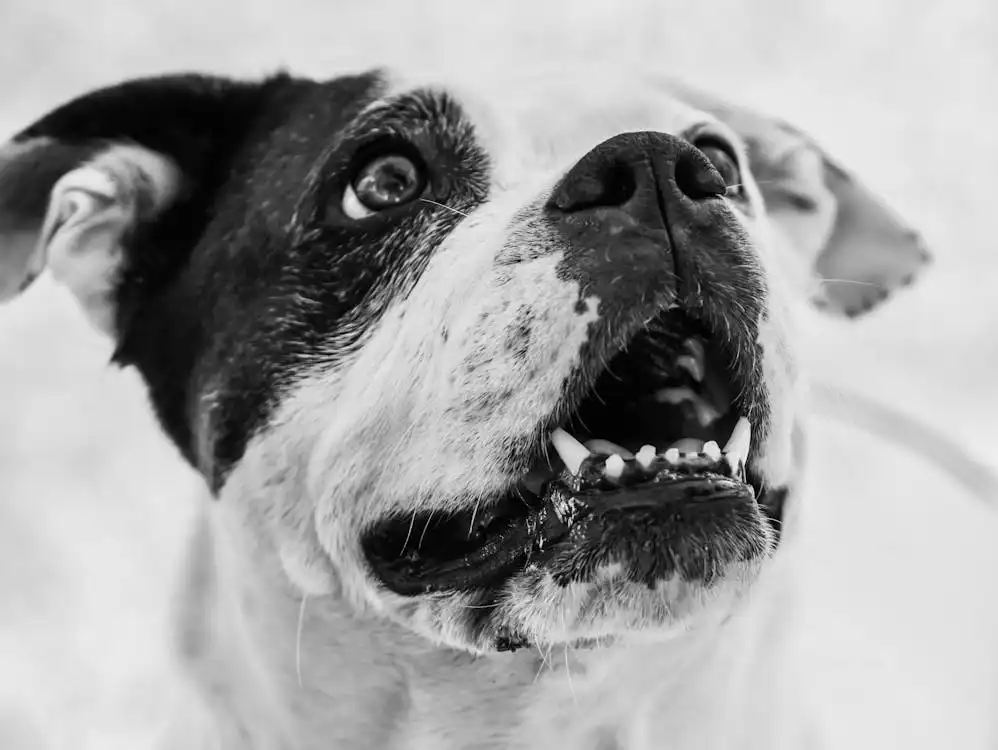
- Remain as calm as possible, since dogs mirror emotional states.
- Avoid sudden or threatening movements.
- Speak gently and confidently.
- Allow the dog space until both parties feel safe.
Teaching children and adults these simple strategies can help prevent misunderstandings and keep dog-human interactions positive.
Can Dogs Sense Fear in Each Other?
Not only can dogs sense fear in humans, but they also detect it in other dogs. Chemical signals, body language, and vocalizations help pack members identify when one is nervous or unsure. This instinct is essential for group harmony and can prevent fights or accidents, especially in multi-dog households.
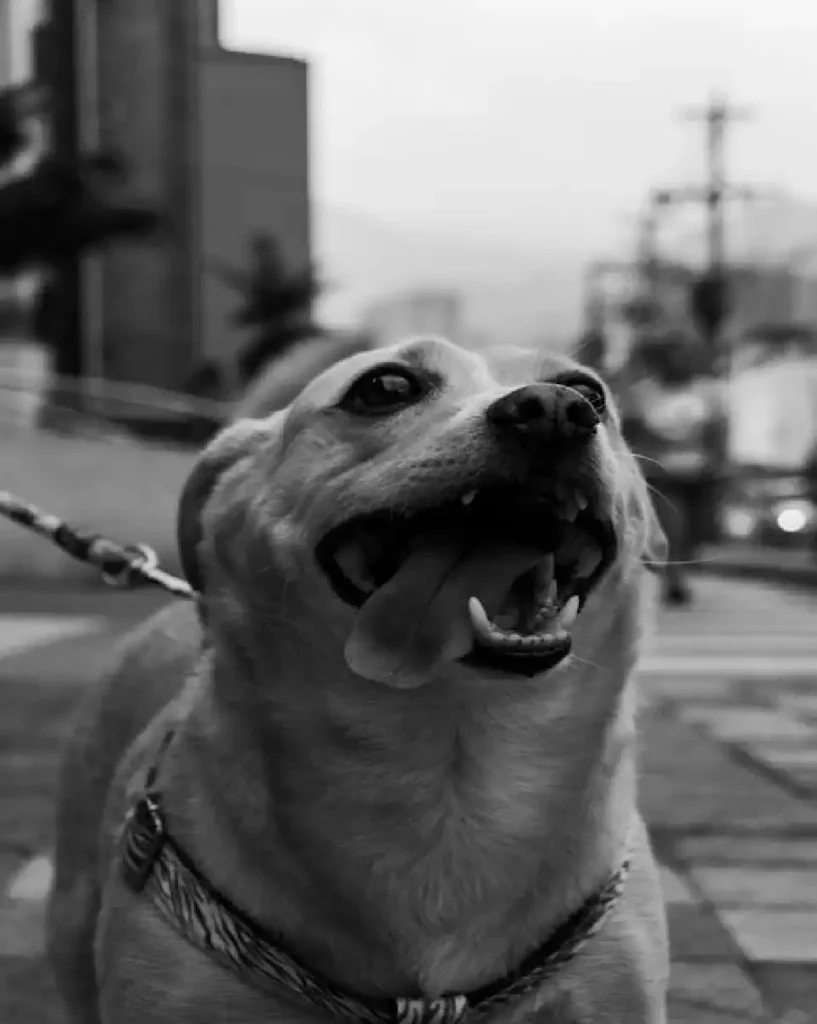
Fear Detection in Therapy and Service Dogs
Therapy and service dogs rely heavily on their ability to sense emotions, including fear, stress, or anxiety, to assist people with physical or psychological challenges. These dogs are often trained to respond with comforting behaviors, helping their owners cope during difficult moments. The science behind dogs sensing fear supports the reliability of these helpers in the medical and psychological fields.
Latest 2025 Updates: Advancements in Canine Scent Science
In 2025, researchers expanded studies on chemosignals — the chemical messages in human sweat and breath. Their findings strengthened the claim that dogs can accurately distinguish between stress and happiness purely through scent analysis. These breakthroughs have led to improved training protocols for service animals and enhanced understanding of anxiety behaviors in veterinary medicine. As technology advances, wearable devices and AI are being used to monitor both human and canine stress, offering even deeper insights into emotional communication between species.
How Dog Owners Can Support Their Pets

Understanding that dogs sense fear so deeply means owners should be mindful of their own emotions, especially during stressful events like thunder, fireworks, or veterinarian visits. Practicing calm behaviors and positive reinforcement can help both dogs and people handle nervous situations better.
- Use routines and familiar cues to keep dogs feeling safe.
- Offer comfort through gentle touch and voice.
- Avoid exposing dogs to extremely stressful scenarios whenever possible.
Debunking Myths: Aggression and Fear
Many people assume that a dog sensing fear will become aggressive. While anxiety can be contagious, most dogs respond by offering comfort, seeking reassurance, or simply removing themselves from the source. Aggression, if it happens, is usually linked to a broader context — such as previous trauma or improper socialization — rather than strictly sensing fear.
Human Interest: Stories from the Field
Across shelters and homes, stories abound of dogs “just knowing” when someone is sad, nervous, or scared. Service animals have calmed war veterans with PTSD, therapy dogs bring comfort in hospitals, and family pets often snuggle up to anxious children. These anecdotes align perfectly with scientific data, making the case for canine emotional intelligence even stronger.
What Do Dogs Do When They Sense Fear in Humans
When dogs detect fear in humans, their behavior usually shifts noticeably. Most dogs become more attentive, seek reassurance from their owners, and display stress behaviors—such as raised heart rates, lowered tails, and hesitation when approaching strangers or unfamiliar objects. Typically, dogs prefer to stay close to people they trust, rather than approaching those who exhibit signs of fear. Mirroring a person’s emotional state is common, and dogs may even avoid interaction during moments of human anxiety. Such responses emphasize their deep connection to our moods and wellbeing.
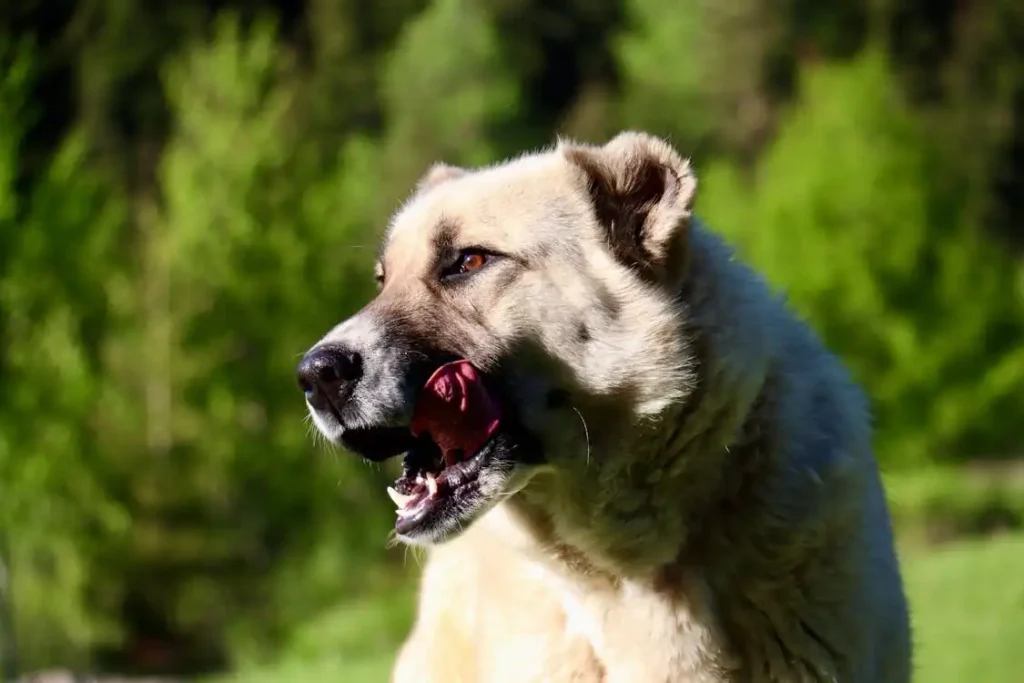
Can Dogs Sense Depression and Anxiety
Scientific studies have proven that dogs can sense both depression and anxiety. Dogs track changes in human hormone levels, body language, and facial expressions. Long-term research shows that the cortisol (stress hormone) levels of dogs frequently mirror those of their owners, suggesting emotional contagion occurs across species. Dogs may respond to depressed or anxious owners with comforting behaviors—such as gentle nuzzling, staying physically close, or increased attentiveness. Service animals are often trained to recognize these cues and support people experiencing mental health challenges.
Why Do Dogs Attack When They Sense Fear
Contrary to popular belief, most dogs do not attack simply because they sense fear. Instead, aggressive dog behavior is often a response to the body language of a fearful person. Humans who are afraid may unintentionally display postures that dogs interpret as threatening—standing stiffly, making sustained eye contact, or hunching over the animal. Dogs may see these signals as aggression, which can trigger a defensive or protective response. It’s body language, not scent, that typically leads to misunderstandings or aggression.
Can Dogs Sense Danger Before It Happens
Dogs have evolved to be highly sensitive to environmental cues, physical changes, and emotional signals. With their advanced sense of smell and acute observation skills, dogs sometimes seem to anticipate danger before it occurs. For example, dogs can detect subtle behavioral shifts, new scents, or sounds long before humans notice them. This has led to stories of dogs alerting families to accidents, intruders, or even health emergencies. While they do not predict danger in a supernatural sense, their heightened senses allow for early detection of stress and potential threats.
How Do Dogs Act When They Smell Cancer
Recent studies show that dogs can be trained to detect cancer in humans by sniffing specific volatile compounds in breath, sweat, or urine. When trained for medical scent detection, dogs may repeatedly sniff or gently nudge the affected area, become unusually focused, and show persistent behavior around the person. Medical professionals regard dogs’ scent-based cancer detection skills as promising for non-invasive screening and alert purposes. These actions go beyond their typical reactions to fear or anxiety and are linked to deep biological changes in human bodies.
Can Dogs Sense Death
Though dogs cannot “sense” death in a mystical way, evidence suggests that they notice physical and emotional changes in humans nearing the end of life. Dogs may respond to these changes by offering comfort, lying close to the person, or showing gentle behavior. Their acute sense of smell can pick up on unique chemical markers produced by the terminally ill. Hospice and therapy dogs are known for gently accompanying people through their final days, highlighting the compassionate and empathetic nature of canine companions.
Can Dogs Sense Fear in Other Dogs
Dogs are equipped to detect fear in their fellow canines using scent, body posture, and vocal cues. Chemical signals, tense movements, and submissive gestures all communicate anxiety or nervousness within a group. Dogs often respond to a fearful companion by showing caution, adjusting their own behavior, or offering calming signals to reduce group tension. This skill helps maintain harmony and safety in multi-dog households or social environments.
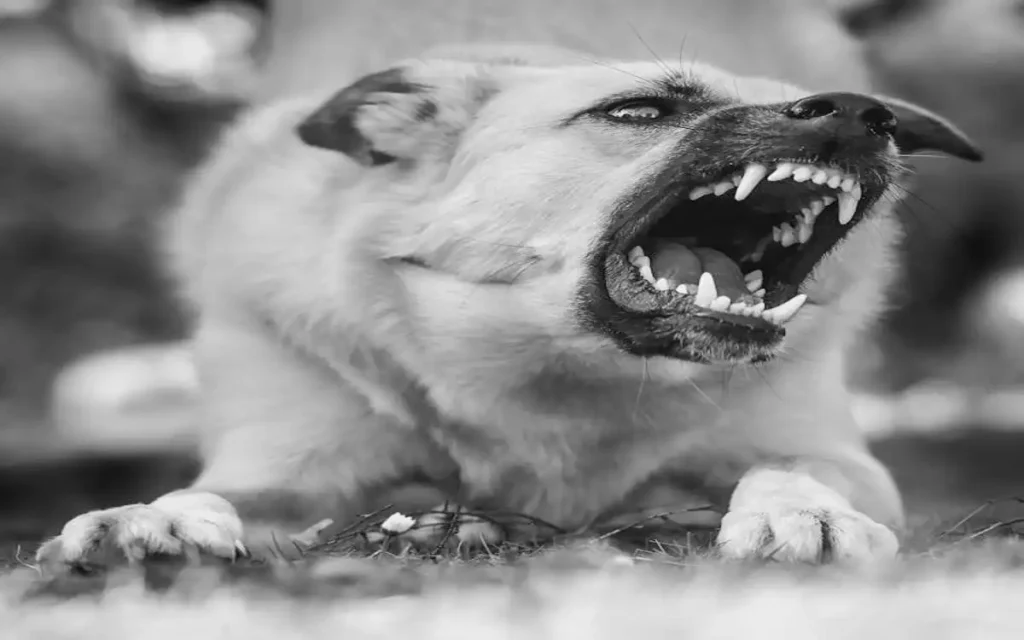
Finally
Dogs’ ability to sense fear isn’t a myth — it’s a scientific fact supported by research and everyday experience alike. By recognizing how dogs sense fear, both through scent and social cues, we can deepen our relationships, offer better support in moments of anxiety, and appreciate just how extraordinary our furry friends really are. Understanding fear detection doesn’t just help owners; it benefits every person (and pet) sharing a home or heart with a dog.
Frequently Asked Questions
How do dogs react when they sense fear?
Dogs generally become more attentive, may seek reassurance from owners, or avoid people showing fearful cues.
Are certain breeds better at sensing fear?
While all dogs can detect emotional signals, breeds used in service, therapeutic, or scent work may have heightened sensitivity.
Can dogs sense fear in other animals?
Yes, dogs use scent and body language to pick up on fear in other dogs and animals as well.
Does sensing fear trigger aggression?
Not usually — most dogs respond with comfort or avoidance rather than aggression.
Can owners help reduce their dog’s stress?
Yes. Remaining calm, using positive reinforcement, and building routine can help dogs cope with stressful situations.
For More Details Visit Talent Dogs


Leave a Reply